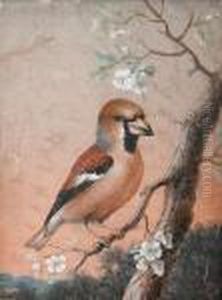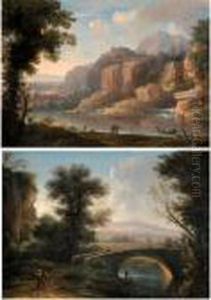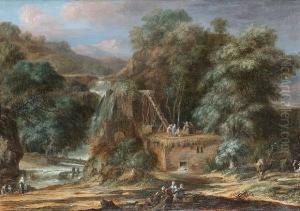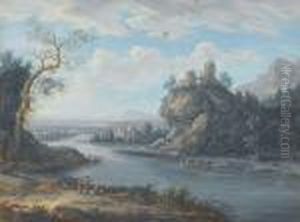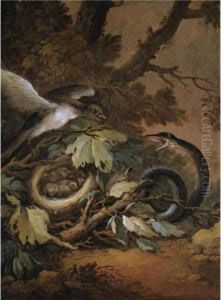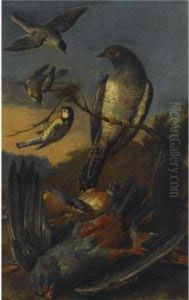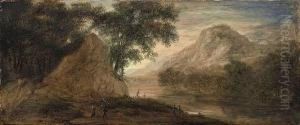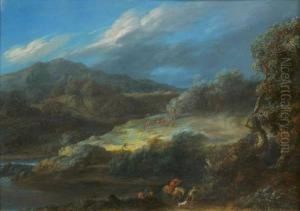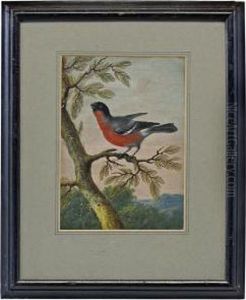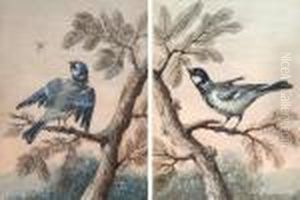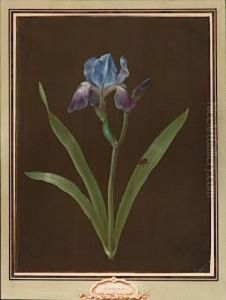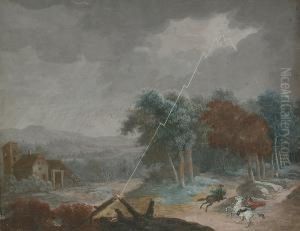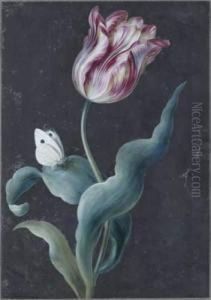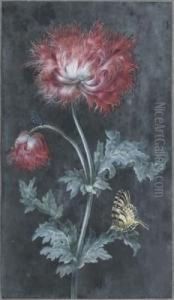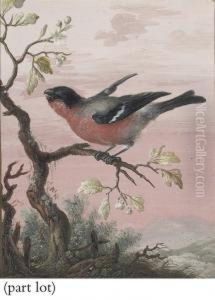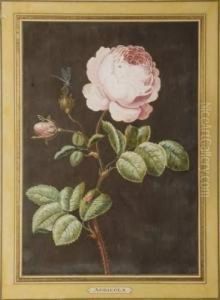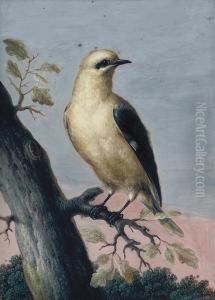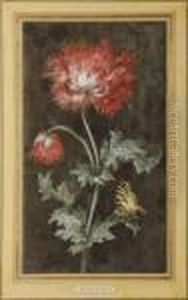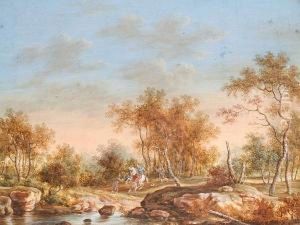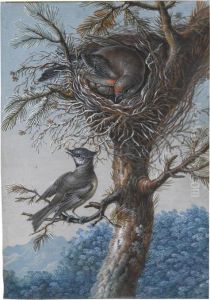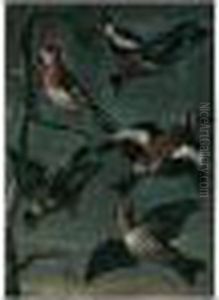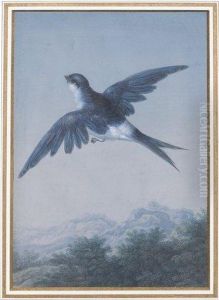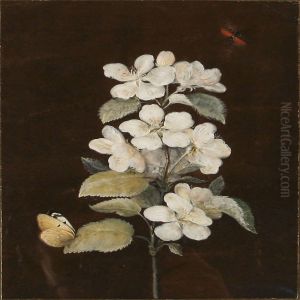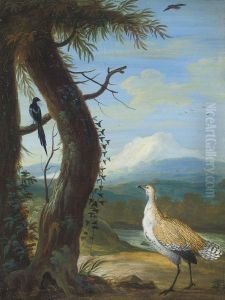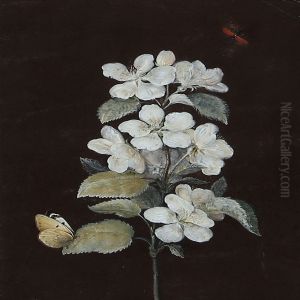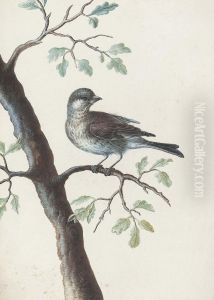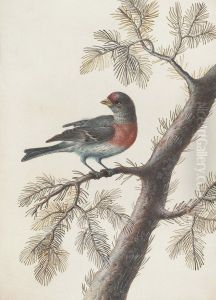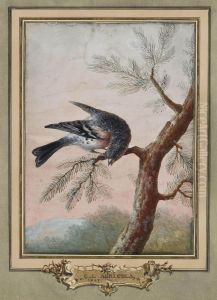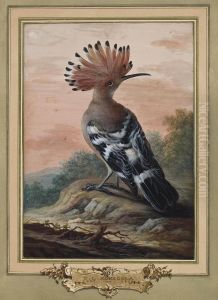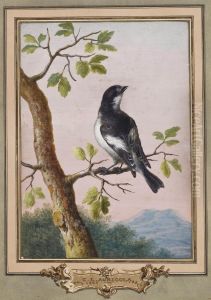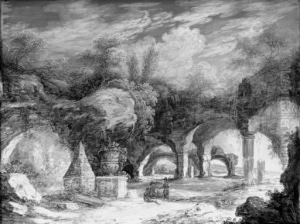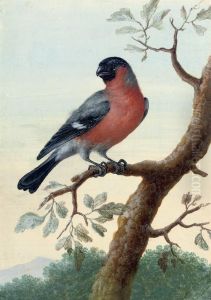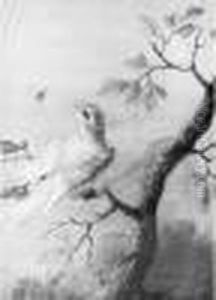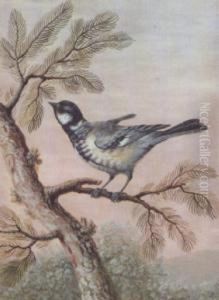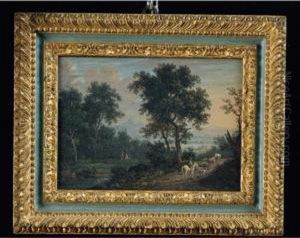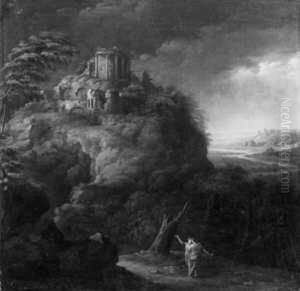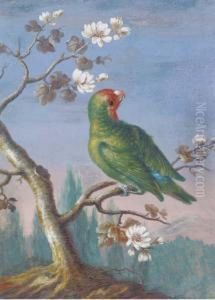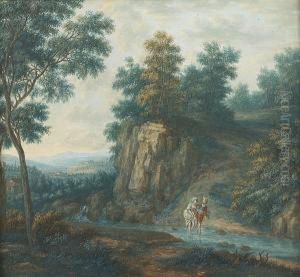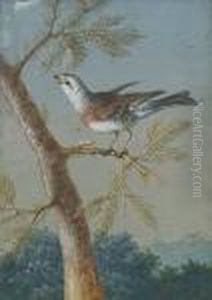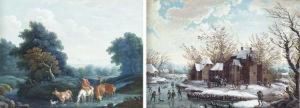Christophe-Ludwig Agricola Paintings
Christophe-Ludwig Agricola was a German painter and engraver known for his portraits and historical scenes. Born in Regensburg, Bavaria in 1667, Agricola showed artistic talent at an early age. Although there is not much detailed information readily available about his upbringing, it is known that he was active during the late 17th and early 18th centuries, a period which was characterized by the Baroque style in art.
Agricola's work was influenced by the dramatic intensity and dynamic movement typical of the Baroque period. His paintings often featured robust color schemes and a strong sense of light and shadow, which helped to enhance the emotional impact of his subjects. Agricola was skilled in creating portraits that not only captured the physical likeness of his subjects but also their character and status. His historical scenes were typically imbued with a narrative quality, drawing viewers into the story being depicted.
Throughout his career, Agricola received commissions from various patrons, including members of the church and nobility. His works were appreciated for their technical skill and expressive power, and he contributed to the cultural landscape of his time through his artistic output.
Christophe-Ludwig Agricola passed away in 1719. Although he may not be as widely known as some of his contemporaries, his contributions to the art of the late Baroque era continue to be recognized by art historians and enthusiasts. His surviving works serve as a testament to his abilities and provide insight into the artistic trends and cultural values of his era.
